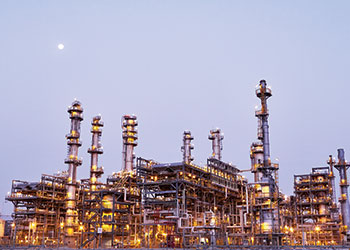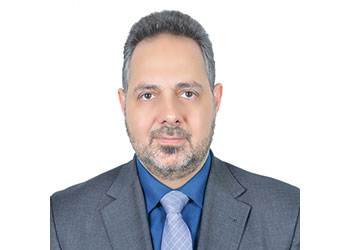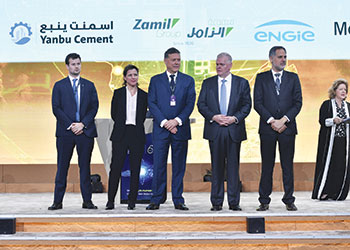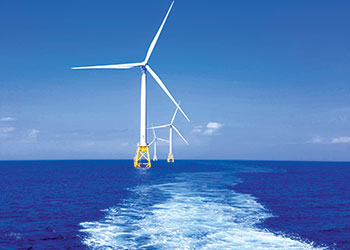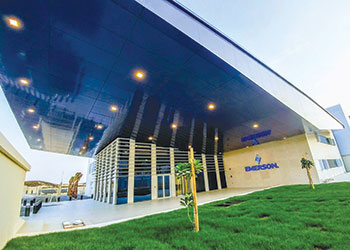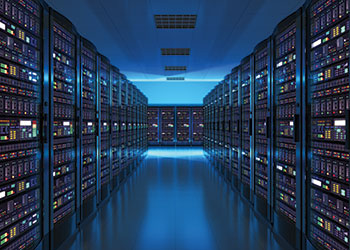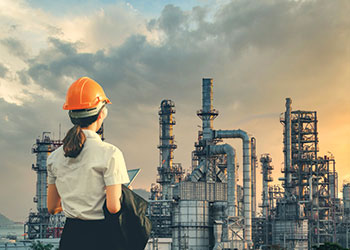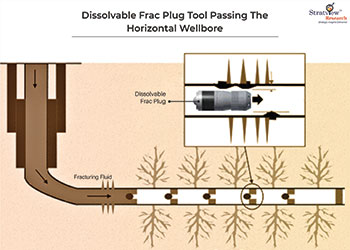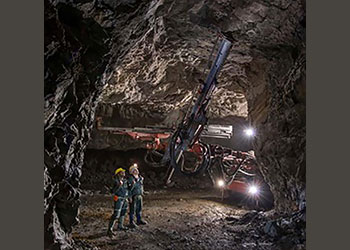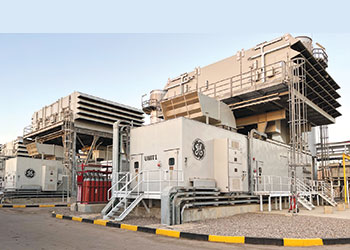
As of November 2022, the low-carbon or clean hydrogen sector was expected to generate $2.5 trillion in revenues by 2030, creating 30 million jobs. By 2050, the world is forecast to be using 450 million tonnes of green hydrogen.
Currently, however, there are still significant barriers to clean hydrogen scalability, requiring the support of forward-thinking policies and initiatives.
This paper, published ahead of Reuters Events’ Hydrogen 2023 conference, scheduled for March 28-29 in Amsterdam, looks at 10 of the most promising clean hydrogen schemes today.
• Germany’s export-import policies: In August 2022, Germany signed an alliance agreement with Canada that would see Canadian hydrogen arriving to German ports as soon as 2025. The green hydrogen will be produced using Canadian wind power and transported in the form of ammonia.
Separately, German energy companies Eon and Uniper signed agreements with hydrogen plant developer EverWind of Canada to buy 500,000 tonnes of green ammonia a year from 2025.
• TÜV Rheinland’s certifications and standards: A key issue in scaling clean hydrogen is being able to certify that the gas has been produced according to agreed standards. To this end, the standards and certification body TÜV Rheinland has developed Standard H2.21 for carbon-neutral hydrogen.
TÜV Rheinland says it "allows you as a manufacturer, distributor and user of carbon-neutral hydrogen to document its environmentally friendly production, whereby strengthening the confidence of your customers in your actions and securing an advantage over your competitors.
• Britain’s contracts for difference: A concern for the developers of early clean hydrogen projects is how they will recoup their investments. In this respect, the early stages of the clean hydrogen industry are similar to the early stages of the offshore wind industry, which Britain is a world leader in.
Now the UK government is hoping to bring certainty to clean hydrogen with a financial instrument that helped it grow offshore wind. Its contracts for difference (CfD) scheme essentially guarantees a fixed rate for the energy provided over the life of a contract.
• The European Hydrogen Bank: European Commission President Ursula von der Leyen announced a different kind of funding initiative in her annual state of the union address in September 2022. The European Hydrogen Bank is expected to invest 3 billion euros into clean hydrogen production, which von der Leyen said could be "a game changer for Europe".
• The US Inflation Reduction Act: The US is supporting clean hydrogen with a 10-year tax credit of up to $3 per kg that was launched as part of the federal government’s wide-ranging Inflation Reduction Act, which was passed in August 2022. The incentive is credited with making clean hydrogen competitive with fossil fuel-based versions of the gas, which dominate the market today.
• Middle East and North Africa alliances: Countries in the Middle East and North Africa (Mena) are keen to exploit emerging opportunities in clean hydrogen production. Most of the activity in the region so far is on a country-by-country basis, with examples such as Chariot and Total Eren planning a large-scale green hydrogen project in Mauritania.
However, since 2020 there has also been a regional initiative in the form of the Mena Hydrogen Alliance, which includes companies such as ACWA Power and Al Gihaz Holding of Saudi Arabia. The Alliance was formed under the auspices of the Desertec Industrial Alliance, an industry group dedicated to creating renewable energy export capacity in Mena.
• Hydrogen with biofuels: In Latin America, in October US company SGP BioEnergy announced the addition of green hydrogen production to what it said will be the world’s largest advanced biofuel facility, in Panama.
The company was planning to refine 180,000 barrels of advanced biofuels a day and generate 405,000 tonnes of green hydrogen a year, with the first phase of the biorefinery project slated for construction in 2025. Panama Oil Terminals will provide global logistics support and access to more than 1,900 ports worldwide.
• Australia steps up the policy levers: Australia sees clean hydrogen as a likely replacement for coal and gas exports, which are Australia’s second and third-largest sources of export revenue. Australia is acting on several fronts to foster clean hydrogen production, including partnering to supply hydrogen with countries including Germany, Singapore and Japan; building regional hubs in various locations; reviewing regulatory frameworks to better support hydrogen industry development; developing a guarantee of origin scheme to support future trade in hydrogen; providing support for hydrogen pilots, trials and demonstrations; and mapping future hydrogen workforce needs.
• Hydrogen investment funds (Hy24): Air Liquide, TotalEnergies and VINCI Concessions have launched a Clean H2 Infra Fund managed by Hy24, a joint venture between Ardian, a private investment house, and FiveT Hydrogen, an investment platform. The fund closed in October 2022 with 2 billion euros of allocations, exceeding expectations, according to Hy24.
It is the world’s first fund to invest exclusively in the entire clean hydrogen value chain and is expected to spur the deployment of up to 20 billion euros in assets over the next six years
• BarMar links Spain and France: The Iberian Peninsula could potentially become a clean hydrogen production powerhouse but faces a challenge in exporting the gas because of a lack of pipelines to neighbouring countries. Spain and France are looking to overcome this shortcoming with a subsea pipeline running from Barcelona to Marseille. The BarMar link will connect the oil and gas terminals in the two cities, initially with a view to transporting liquified natural gas before transitioning to green hydrogen.
The project looks to replace a more contentious overland pipeline called MidCat that was planned to cross the Pyrenees but was opposed by the French, according to Reuters. It will also supersede plans for a subsea pipeline linking Barcelona and Livorno in Italy. A timeline for the project, along with financing plans, will be debated in December 2022.
The evolution of the hydrogen economy has enjoyed unstoppable momentum in 2022, with governments, businesses and civil society all working to accelerate progress across multiple fronts. The initiatives listed in this report are far from exhaustive and simply serve to illustrate the breadth and depth of commitments to clean hydrogen around the world.
This commitment is only expected to increase as industrial sectors rush to implement net-zero plans requiring a low-carbon alternative to fossil fuels. In 2023, Reuters Events will be tracking progress in the sector and helping to enable new levels of collaboration and knowledge transfer at Hydrogen North America.











































































